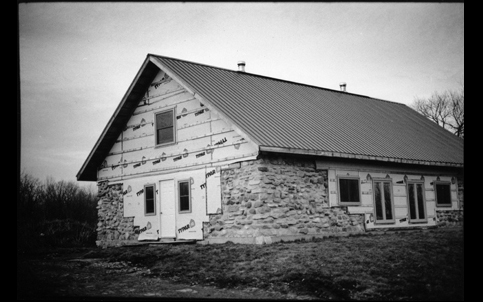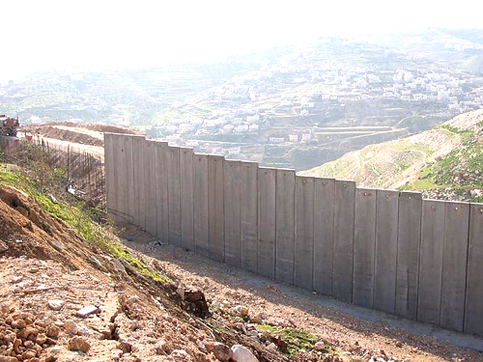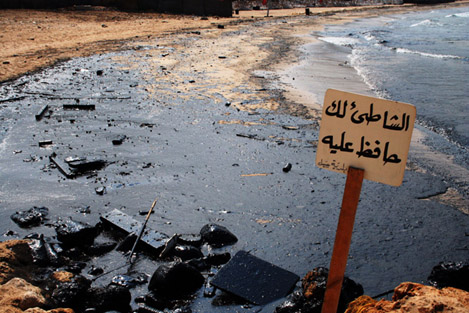Stone by stone, rail by rail
- Briarpatch Magazine. June/July 2008 by Jonah Gindin.

Photo: Tyendinaga’s new longhouse on Ridge Road, Tyendinaga Mohawk Territory.
On June 29, 2007, Mohawks from Tyendinaga Mohawk Territory near Belleville, Ontario, erected blockades on the Canadian National rail line, local Highway 2, and Highway 401-the busiest thoroughfare in the country. This marked the second time in six months that the community blocked the rails in defence of their land. In the days before June 29, which had been declared a National Day of Action by the Assembly of First Nations, Mohawk spokesperson Shawn Brant explained to the CBC why the community could no longer wait on distant negotiations. “We bury our children in this country every day,” he said. “We have to force them to drink polluted water. We’re sick and tired of it. It’s going to end-June 29 is going to mark the time when First Nations people are going to be in a different relationship with the rest of the country.”
Native communities in Canada — a “Fourth World” of nations without states — continue to live a colonial legacy that traces a trajectory from the violent European settlement that began 400 years ago, through residential schools, to the colonial present of state surveillance, invasion of traditional lands, poverty, substance abuse, and some of the highest youth suicide rates in the world. According to Health Canada, Native youth are five to seven times more likely to commit suicide than non-Native youth. Canada’s Aboriginal population, particularly its youth, has the highest suicide rate of any culturally identifiable population in the world. Yet some Native communities have largely avoided the tragedy of youth suicide. What sets these communities apart? Evidence is mounting that successful resistance to colonialism may be the antidote.










